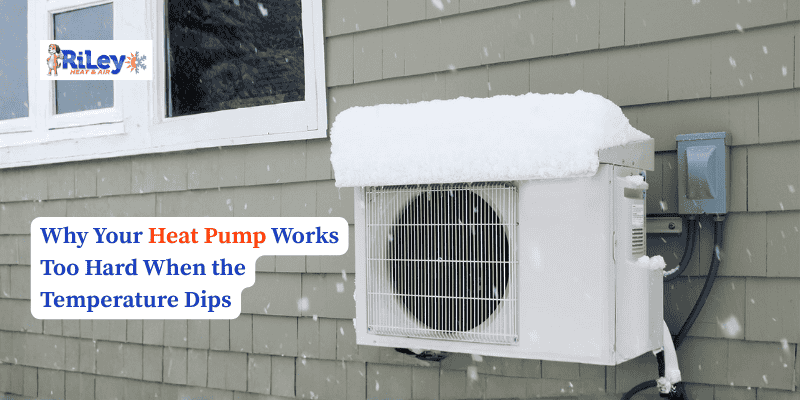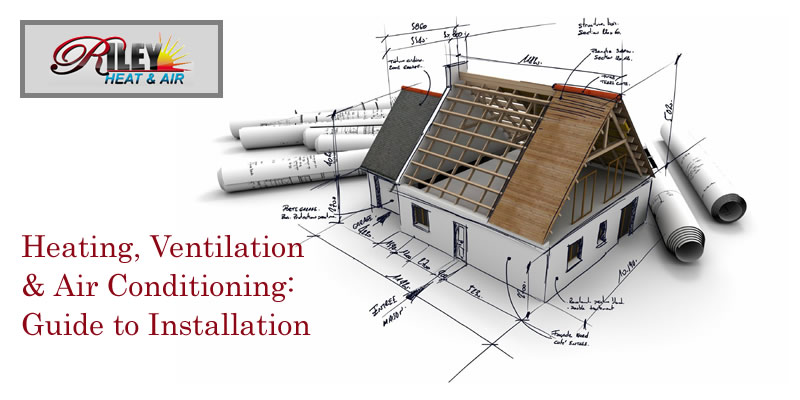CATEGORIES
-
Air Conditioning Services
(136)
-
Duct Cleaning Services
(21)
-
Furnace Maintenance
(32)
-
General
(12)
-
Heating Furnace
(32)
-
Heating Furnace Repair
(26)
-
Heating Pump Repairs
(2)
-
HVAC Maintenance
(38)
-
HVAC Professionals
(24)
-
HVAC Service
(62)
-
HVAC Tips
(33)
RECENT POSTS
-
 December 15, 2025
December 15, 2025 -
 December 8, 2025
December 8, 2025 -
 December 1, 2025
December 1, 2025 -
 November 24, 2025
November 24, 2025 -
 November 17, 2025
November 17, 2025
TAGS

Heating, Ventilation & Air Conditioning: Guide to Installation
Buying a new central air conditioner is a major investment. Working with a skilled HVAC contractor, has its own benefits one can receive valuable guidance regarding system types, options, and efficiency levels available. The professional guidance will allow you to select the right central air conditioner for your home or business.
The installation of a new central air conditioning system should always be performed by a licensed professional HVAC installer. Attempting to install a new cooling unit without the proper training and knowledge can be dangerous. Improper installation can cause damage to the cooling system, as well as reduced efficiency – increasing the costs to cool your home.
If you’ve never had a contractor install a central air conditioner before, you will probably be unfamiliar with the process. Each HVAC process varies; the general steps consumers follow will be the same.
- If your local government requires permitting for the HVAC work, either your contractor will obtain the permit or have informed you that you need to take care of it. In most cases, your contractor will do this for you.
- The contractor takes apart and removes the existing air conditioner.
- The contractor installs new duct systems or performs duct repairs.
- Prepare the installation site. This may involve setting a concrete pad outside to support the air conditioner, or installing rooftop supports for a packaged system installation.
- Your new outdoor unit will be positioned correctly. The contractor will install it and secure it to the site.
- If you want to replace your air handler, install the indoor unit. While it’s a smart idea to replace both indoor and outdoor units at the same time, in some cases you may elect not to replace the air handler when you have a new outdoor unit installed.
- Connect the indoor and outdoor units. The contractor will determine the appropriate size for refrigerant lines, drain piping, and electrical lines. Some of these components link the parts of the split system.
- Connect the thermostat to the central air conditioner. You may have a new thermostat installed or continue to use your existing unit.
- Pull a vacuum to remove contaminants from the refrigerant lines and charge the new central air conditioner with refrigerant.
- The new cooling system starts and runs.
- The contractor will perform an installation inspection to ensure the installation was done correctly and the system functions properly.
When it comes to installing an HVAC, some initial planning and prep work can help streamline the process. By surveying the general equipment layout and having professional help handy, labor time can be greatly reduced and a proper installation is guaranteed without any extra time, effort and costs.

